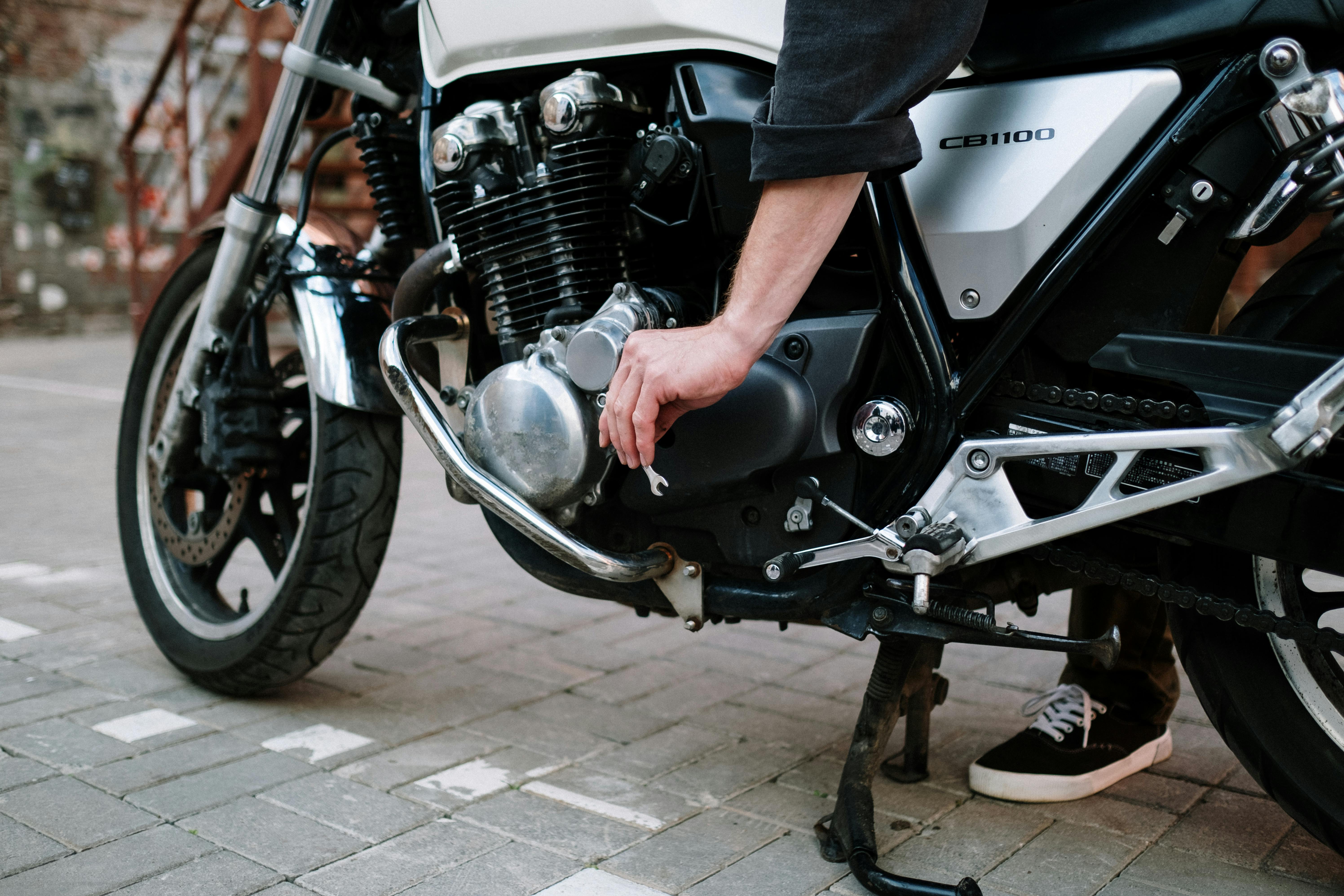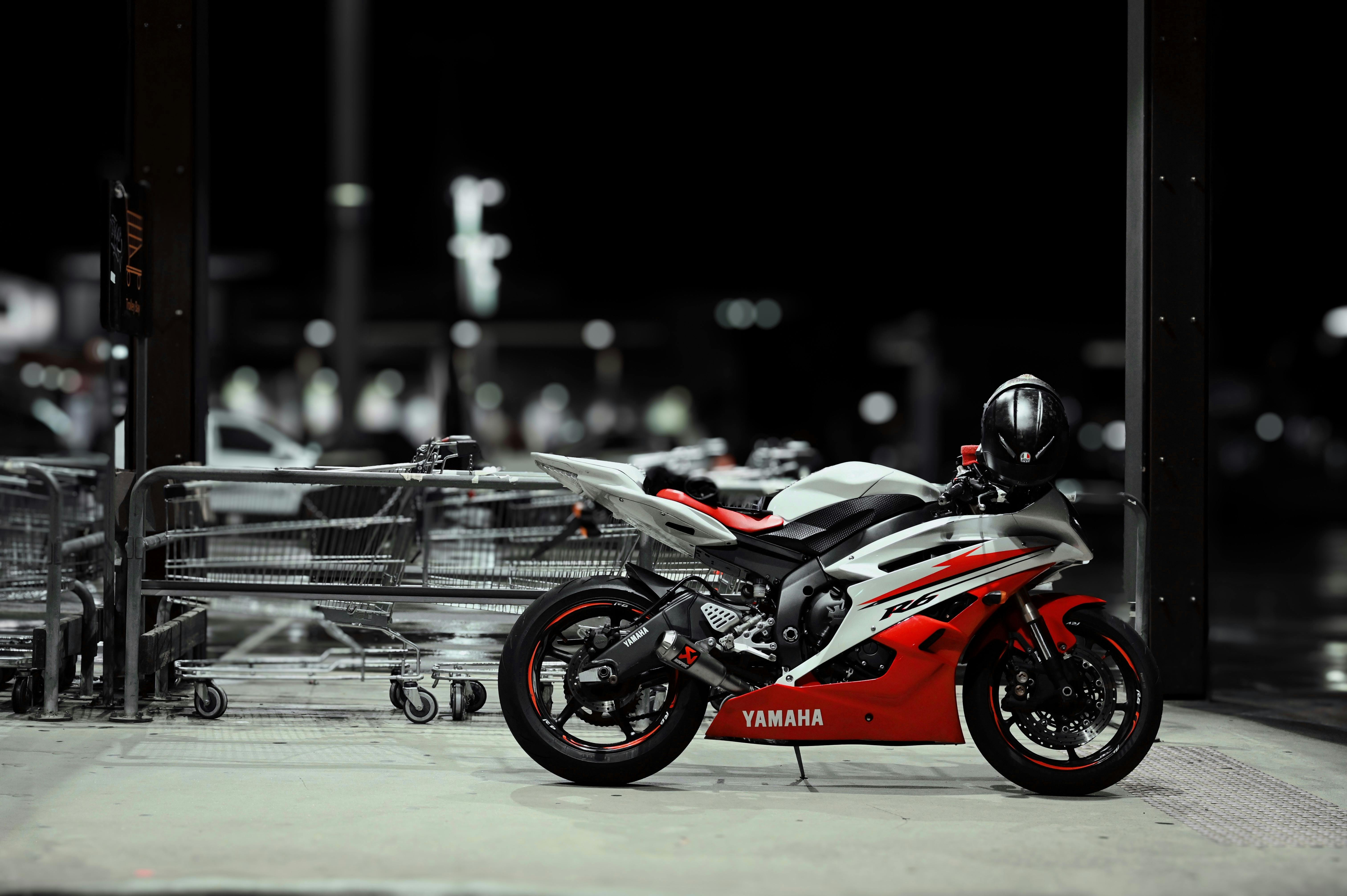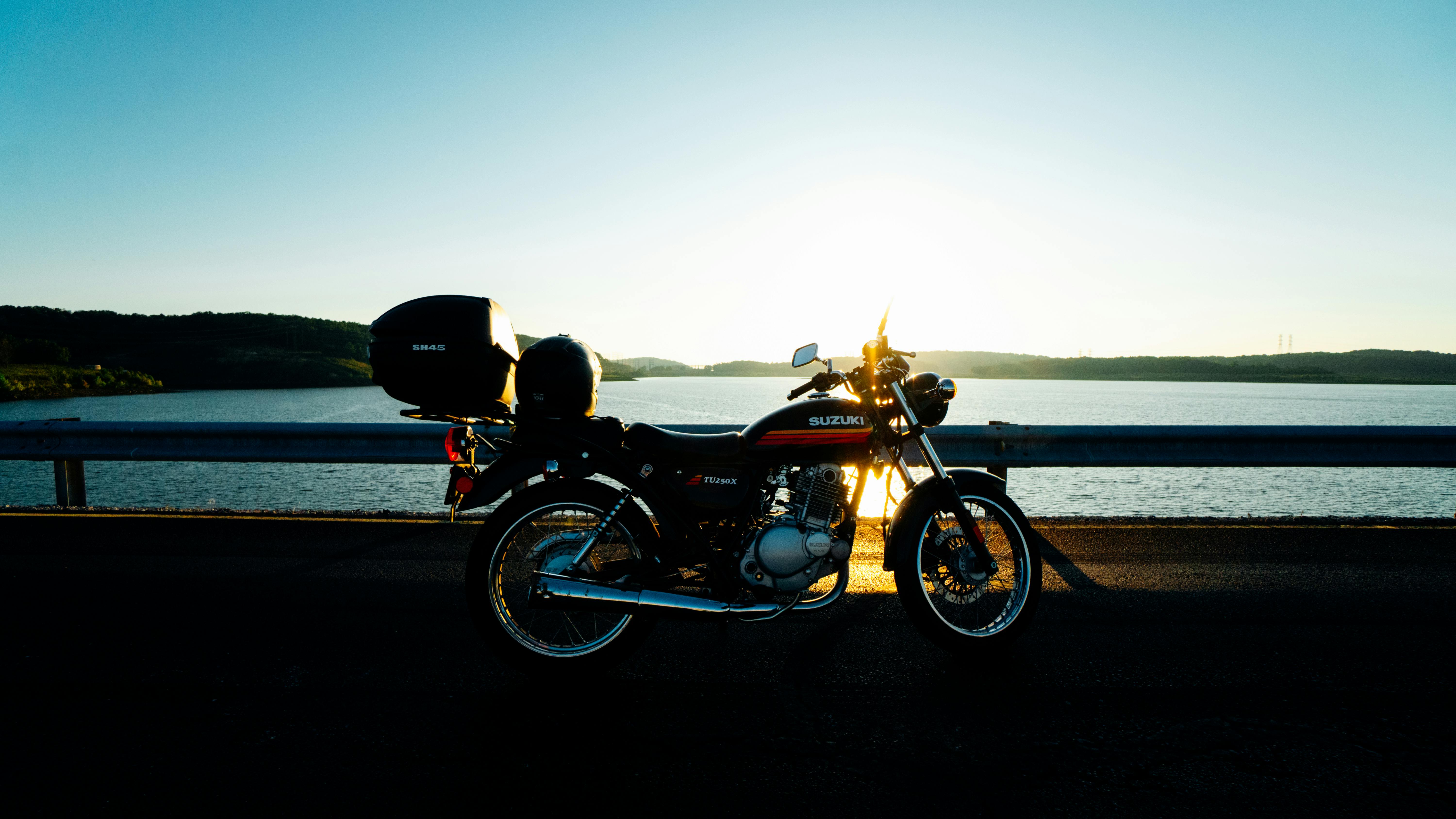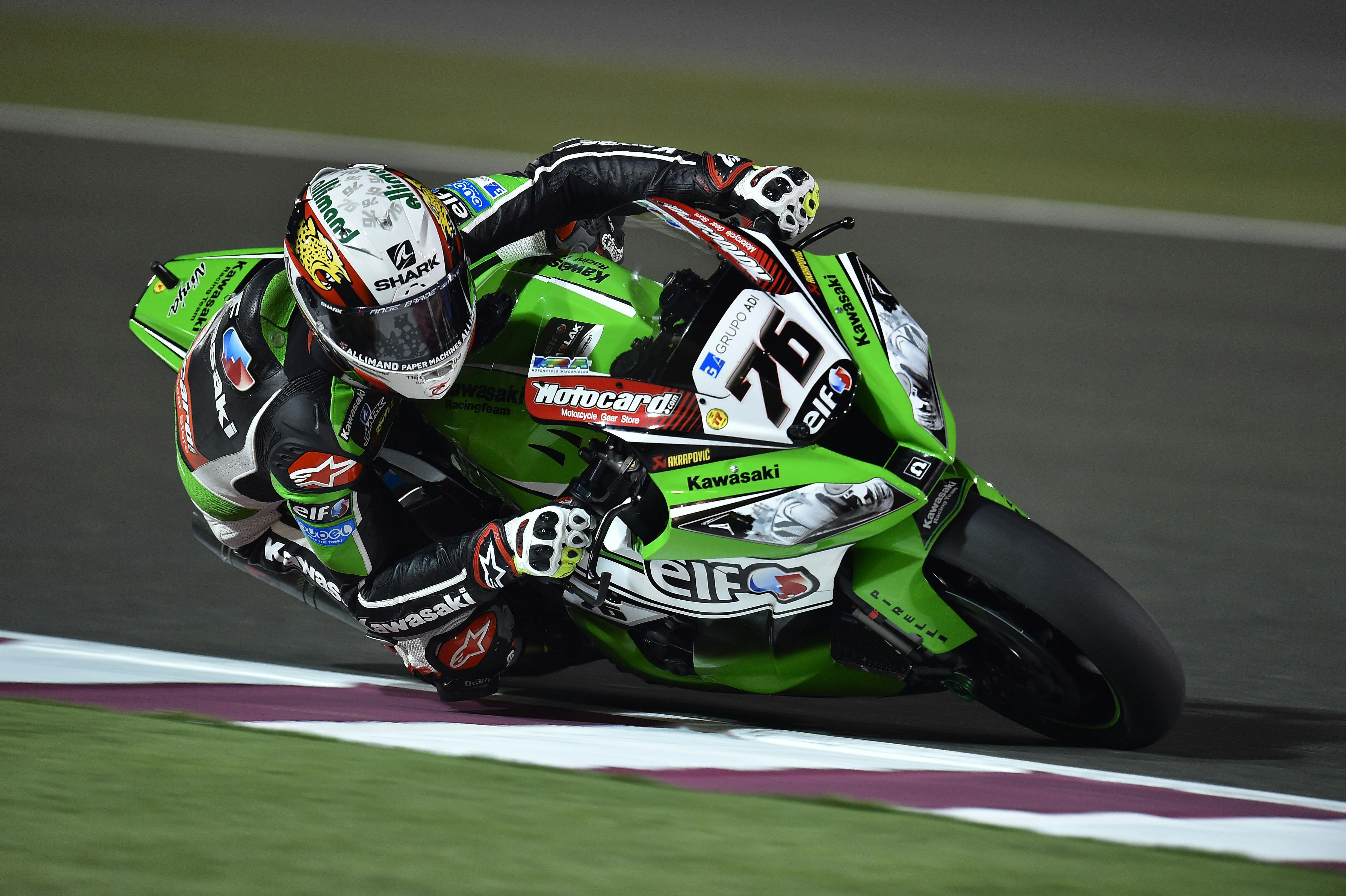When it comes to motorbikes, Japan’s big four - Honda, Yamaha, Suzuki, and Kawasaki - absolutely dominate the conversation. These brands bring their own history, innovation, and unique identity to our motorcycling universe. Let’s take a deep dive into these Japanese legends of the scene.
Origins and historical legacy
Honda began motorcycle production in 1949 and in a mere 15 years had risen to global dominance. Its 1969 CB750 is widely credited with launching the “Universal Japanese Motorcycle” (UJM) concept. This is a standardized style that totally transformed the market.

Yamaha, originally part of Nippon Gakki (a musical instrument company), launched its motorcycle division in 1955 with the YA‑1. Yamaha quickly built a reputation in racing. They won early domestic competitions and established itself as a performance-driven brand.

Suzuki entered the motorcycle world in the early 1950s, earning strong recognition for engineering prowess and high-performance bikes. Models like the GSX‑R series became benchmarks for sportbike enthusiasts and cemented Suzuki’s name among lovers of speed.

Kawasaki, with its roots in heavy industry, entered the motorbike scene through its acquisition of Meguro in the 1960s. Later, bikes like the Z1 superbike and the supercharged Ninja H2 showcased Kawasaki’s focus on high performance and aggressive design.

Global Market Position & Reach
Today, Honda leads globally, holding over 20% of all motorcycle sales worldwide. Yamaha follows as a strong second, while Suzuki and Kawasaki command smaller shares but remain iconic names in performance and sportbike segments.
All four manufacturers remain huge players internationally - reliability and brand loyalty are very high among riders.
Innovation & Engineering Strengths
Let’s take a look at what separates these giants of the motorcycle industry apart.
Honda is all about reliability and accessibility. They create user-friendly bikes that are basically bulletproof. Surveys consistently rank Honda among the most dependable motorbike brands. They also have a huge range - from scooters and commuter bikes, to high performance sportsbikes, adventure bikes and classics like the Gold Wing.
Yamaha is known for its tech-driven design. They pioneered features like the Power Valve System (YPVS) and Chip-Controlled Throttle (YCC-T) both aimed at optimising performance. Its presence in the MotoGP and World Superbike championship is proof of its performance DNA. The YZF-R1, with its cross-plane crankshaft, is a prime example of Yamaha’s race tech in a street bike.
To a lot of people Suzuki means performance at value. These guys are known for delivering excellent performance without premium price tags. For example, the GSX-R sportbike series and the iconic Hayabusa are icons of speed. Features like the Full-Floater rear suspension and Advanced Cooling System highlight Suzuki’s ability to innovate while maintaining affordability.
Kawasaki is known for thrill-seekers. The Ninja line, especially the supercharged H2 and H2R pushes the limits of speed and tech. Their bikes attract riders who crave adrenaline and standout designs, and features like traction control systems and advanced chassis design keep Kawasaki bikes competitive on both the road and the track.
Recent Trends and the Road Ahead
The Japanese motorbike industry is constantly evolving, and there are several key trends on the horizon:
- Electric and hybrid bikes - all four brands are investing in electric motorbike technology.
- Domestic market troubles - Japan’s local motorbike market is experiencing slow growth, which is pushing these brands to innovate further and look abroad
- Performance and tech arms race - advanced rider aids like traction control, ride modes, and cornering ABS are becoming standard, even on mid-range bikes.
Final Thoughts
Japan’s big four continue to set the standard for the global motorbike industry. Honda leads with unrivalled reliability and a bike for every purpose. Yamaha blends cutting-edge technology with a racing spirit. Suzuki offers dependable performance and great value. And, Kawasaki is your go-to for high-octane thrills and bold design.
Whether you’re looking for your first bike, your next upgrade, or your choice of ride on an upcoming Shogun Motorbike Adventure, choosing between these manufacturers comes down to your riding style and priorities. There’s certainly something coming out of Japan for every rider!


